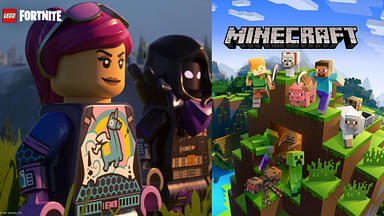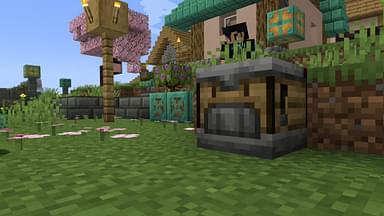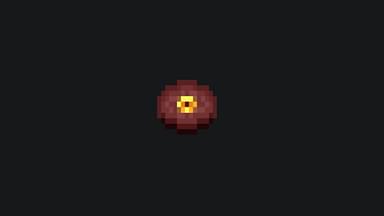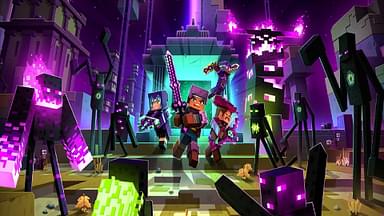Trails Ruins have lots of loot opportunities that the Overworld might not have. They are underground villages that have high chances of dropping rare loot. Let us see how to navigate Trail Ruins in Minecraft in this guide.
Exploration is a huge part of the game. With exploration comes other aspects such as mining, crafting, building, and smiting. There are tons of biomes worth checking out in the game, including the Cherry Blossom one which will be a prominent feature in the 1.20 Update.
Some biomes have features that others do not. Trail Ruins are going to be the newest structures that will release in the newest update alongside the Cherry Blossom biome. Let us see where you can find them and what is inside.
Contents
- Trail Ruins in Minecraft: Everything You Need to Know about the Ancient Structures
- Where to Find Them
- What You Can Find Inside
- Difference between Trail Ruins and Ocean Ruins
- What Are Trail Ruins Made Of
Trail Ruins in Minecraft: Everything You Need to Know about the Ancient Structures
A Trail Ruin is an ancient structure in the game. It acts as an archeology site and houses suspicious gravel. They mostly generate in underground places and look like small and old settlements. They have been left behind by ancient civilizations. The structures always have a main road made from cobblestone and stone bricks. They generate different shapes and layouts every time.
There are multiple small buildings present in these areas along with a central tower made with glazed and normal terracotta. They are exposed to the surface in Bedrock editions a lot more in comparison to the Java ones. Let us see where you can find them.
Where to Find Them

As we stated earlier, one can typically find these Ruins underground. However, you can find them on both land and water. You can only find these structures in certain biomes. To be specific, you can only find these structures in biomes like the Old Growth Birch Forests, Old Growth Pine, TaigasSnowy Taigas, regular Taigas, Old Growth Spruce Taigas, and Jungles.
Now, to navigate to a Trail Ruin, you need to be on the lookout for certain factors. Firstly, see if you can spot some terracotta sticking out from below ground. If you see that, go near it and dig, there are chances of finding a Trail Ruin there.
However, if you spot some suspicious sand near any of the biomes we mentioned, search those areas a little more and you will find a Trail Ruin.
What You Can Find Inside
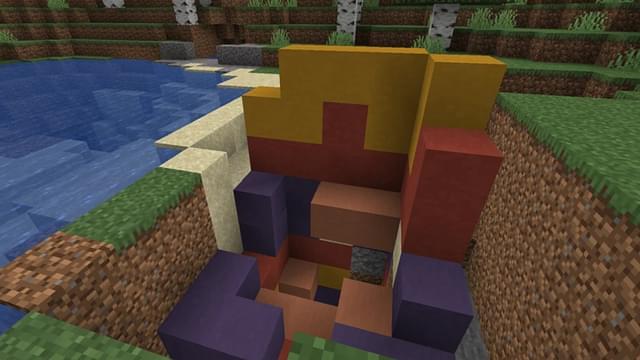
There are no loot chests in these locations. However, you can loot these Ruins by breaking suspicious sand blocks to find lots of good loot in them. You can find objects that are exclusive to these places depending on the drop rate.
Here is a list of what you can find on these sites.
- Beetroot Seeds
- Coal
- Dead Bush
- Gold Nugget
- Hot Armor Trim Smithing Template
- Lead
- Oak Hanging Sign
- Flower Pot
- Raiser Armor Trim Smithing Template
- Shaper Armor Trim Smithing Template
- Spruce Hanging Sign
- Various Pottery Sherds
- Various Stained Glass Panes
- Wayfinder Armor Trim Smithing Template
- Wheat Seeds
- String
- Blue Dye
- Brick
- Emerald
- Light Blue Dye
- Orange Dye
- Various Candles
- White Dye
- Wooden Hoe
- Yellow Dye
- Wheat
The drop rate of these items varies from 1.8% and goes up to 8.3%. There is a higher chance of you obtaining a Pottery Sherd in these Ruins than in other places where you can find pottery sherds. However, if you want to only hunt for Pottery Sherds, you are better off going to Desert Wells.
Difference Between Trail Ruins and Ocean Ruins

As the name itself suggests, Ocean Ruins are situated underwater. However, they have been around way longer than the Trail Ruins. There are certain similarities. For example, they both have suspicious gravel and sand. They also generate in different layouts, shapes, and sizes.
Although, the key difference between both of these Ruins is that the Ocean ones have loot chests in them. They also are comparatively smaller than the Trail Ruins. The Ocean Ruins will also have a different look based on the temperature of the ocean.
Trail Ruins do not have enemies guarding them but the Ocean Ruins do. That is why, ensure that you have a good underwater build going for you before entering them. Trail Ruins will only have natural mobs spawning in them.
What Are Trail Ruins Made Of?
Trail Ruins are ancient structures buried underground lost to time. The roads of these structures are made up of several blocks such as terracotta, glazed terracotta, sand, suspicious gravel, and more. Therefore, if you want to farm any of these items, we recommend going to these ruins.
Those are all the essential things you need to know about the Trail Ruins in Minecraft. For more Minecraft content, click here.



